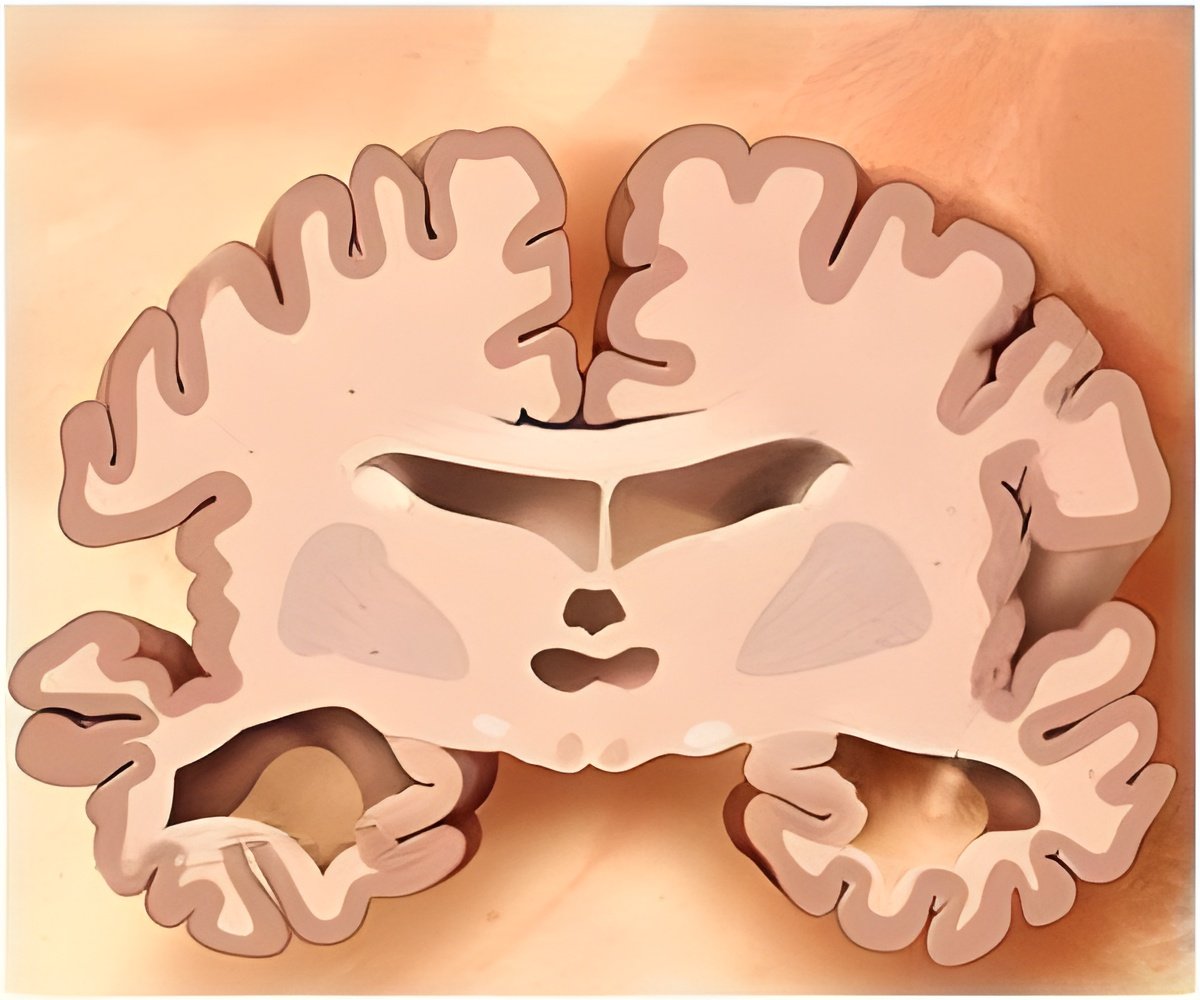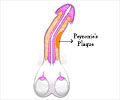The researchers from the US noticed that individuals with Parkinson's tend to draw smaller clocks and took more time creating them.

Scientists from U.S. has come up with a way of using technology to boost the value of these tests.
One of the most common tests involves having the patient draw an analog clock face showing a specific time. A person grading these tests simply looks at the final result to spot errors and handwriting deviations that may be signs of disease. These analysis may not be accurate.
To improve the results, the team of researchers utilized an Anoto Live Pen. The pen analyzes the production of the image, providing a more comprehensive look at those moments when patients suffer difficulties with the drawing.
The pen has a camera that constantly monitor and records its location. It also offers a highly detailed tracing of how the image was created. A learning algorithm, which has gone through a lot of drawings to better perfect itself, was also created to study these drawings.
The researchers noticed that individuals with Parkinson's tended to draw smaller clocks and took more time creating them. Individuals with memory issues spend more time thinking than writing compared to healthy subjects.
Advertisement
Source-Medindia












